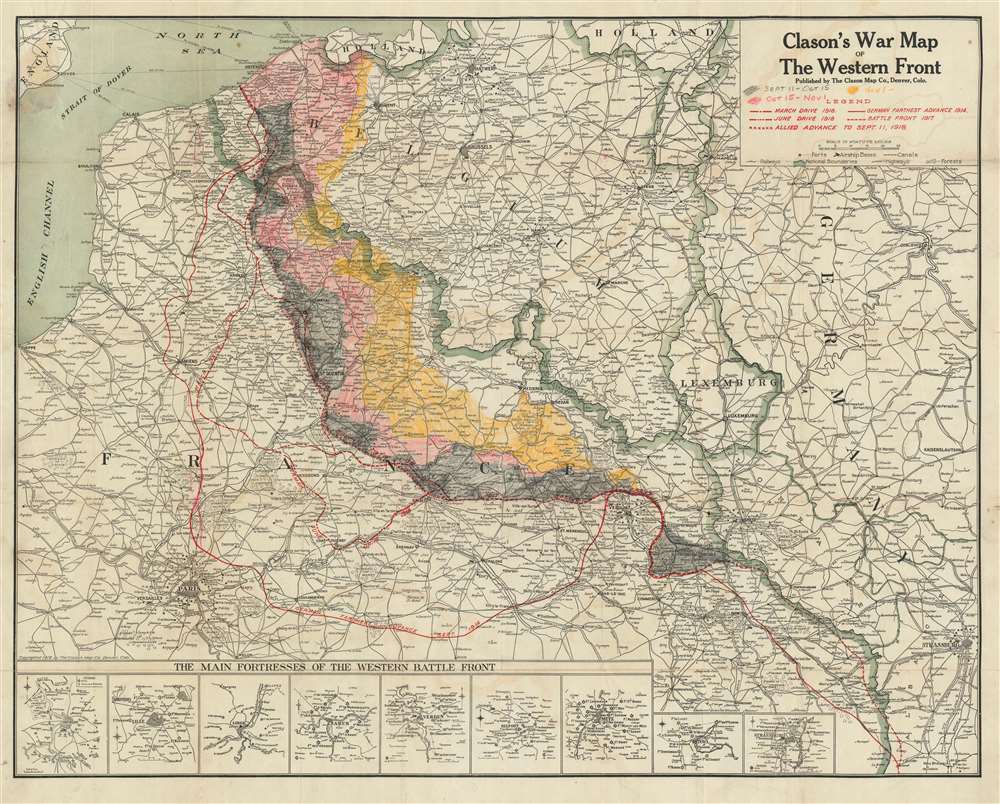

Of the Deborah Tank and to support the Association's restoration works! Visit the “Espace Louis Carnian” yourself, don’t forget to donate your The real experience of “meeting” the tank itself. As theĪssociation is depending on donations, it is constantly fundraising to Proper museum for it’s fine collection and the Deborah Tank. The “Espace Louis Carnian” forms only the provisionally quarters of theĭeborah Tank, as the Association is planning to convert the barn into a 51 Deborah Tank from the groundsĪround Flesquières and for preserving it. Of the “Association de Tank de Flesquières” are responsible for the creationĪnd the maintenance of the Flesquières Tank Memorial. Remind you that the bulk of the job still had to be done by infantry soldiers.Ģ0 November 1917 - The Start of the BattleĪfter making an appointment for a visit, we are welcomedĪt the “Espace Louis Carnian” by the President of the “ Association de Tank deįlesquières ”, Monsieur Philippe Gorczinsky. Though many historians emphasize that the First Battle ofĬambrai was the first major tank battle in history, I may perhaps modestly Integrate the tanks in the infantry attack. Tanks would be deployed to clear the extensiveīarbed wire defences and to cross the trenches. The new Mark IV tanks for raiding parties. Hugh Elles, were looking for a suitable location to use on a large scale Fuller, a staff officer with the Royal Tank Corps, and Lt. Secure a breakthrough of the Hindenburg Line. The attack would start with aĬreeping artillery barrage, followed by a combined tank-infantry attack, to There would be no introducing artilleryīombardment at the start of the offensive. Support the tanks during the attack with high explosive ammunition withoutĬratering too much the ground.

Order to achieve instant suppression of fire and surprise. Relatively new tactics like sound ranging and “silent registration” of guns in Notice on my photo's below that the statue now possesses quite some bullet holes, probably stigmata of the Second World War period.ĭuring the preparations for the battle, the artillery used The new monument was inaugurated on 18 August 1929 by Paul Painlevé, then Minister of War. It was not until 1926 that the town decided to ask the sculptor Dechin to recreate the statue from the original plans. The pedestal, still pitted by shrapnel remained empty for 13 years. During the First World War, on 29 September 1916, the Germans requisitioned the statue for it's bronze. Originally Louis Noel sculpted the statue. The statue of General Faidherbe has been inaugurated on 27 September 1891. As a consequence, Péronne surrendered on 10 January 1871. Although Faidherbe's rookie troops held their own against the outnumbered but experienced Prussians, they didn't follow up their advantage and retreated. Both sides encountered each other near Bapaume. The Prussian 1st Army had reached Bapaume at the end of December, while at the same time the French Army of the North under Faidherbe moved out to break the German siege of Péronne. (1840–1879) was a French General of the Franco-Prussian War (1870-1871), who resisted for one day the German attacks of Edwin Freiherr von Manteuffel during the Battle of Bapaume (3 January 1871).


 0 kommentar(er)
0 kommentar(er)
